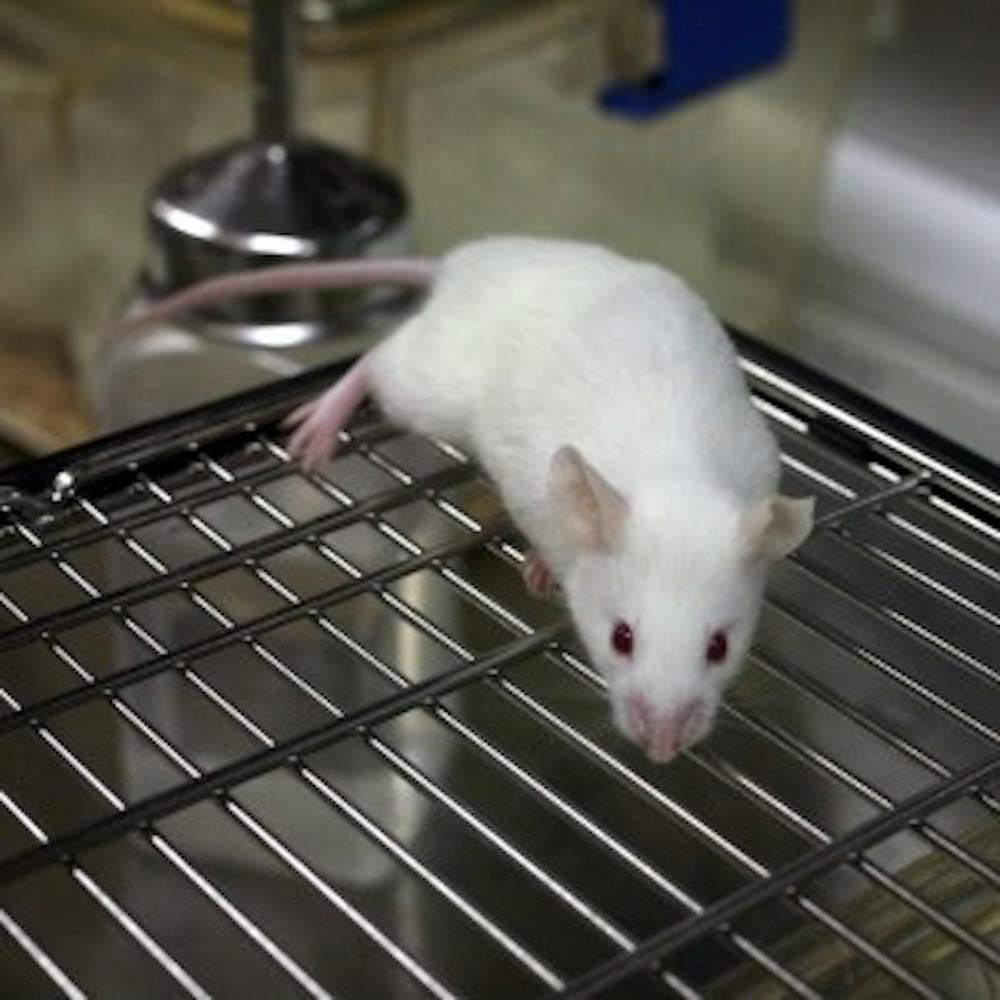The big rule of thumb is that the model should mimic the human disease as closely as possible. This means that a particular model should have similar biological and physiological characteristics to the human body and should recapitulate salient features of the disease.
The first big decision is: Should I use a live animal model or a cell culture model? Cell cultures offer major advantages in that cells can be collected from live human individuals with the disease, and growing these cells in culture and studying them can provide insight about the disease’s biology. This approach to studying cells derived from humans with the disease is also the closest that researchers can get to studying a human subject without much ethical controversy. However, the big drawback of cell culture is that diseases occur in a biologically complex system of a whole intact organism, which a bunch of cells growing on a dish do not replicate.
It is thus tempting to rely completely on live animal models since they offer a biologically complex system in which a disease can take place. Moreover, many animal models are also able to recapitulate the same phenotypes that are seen in humans. For instance, it is possible to experimentally induce spontaneous seizures in mice, thus making them suitable models for studying epilepsy. As a result, animal models, in particular the mouse model, have been the starting point for developments of many therapies, including ones that target epilepsy and cancer.
However, animal models can be very expensive to develop and maintain. Each genetically engineered mouse strain can cost thousands of dollars to generate. Some animal models are also labor-intensive to study and take a long time to make since it often takes months for a mouse to grow into adulthood. On the other hand, cell cultures have much higher through-put (many cells can be grown at once) and are much cheaper to maintain.
Moreover, preclinical success stories in animal models have often failed when they are translated into human-controlled clinical trials. A contributing factor to this gap is that, while animal models can model aspects of the disease, there can be major differences between what is seen in a mouse and what is seen in a person.
In the end, the decision to choose a specific disease model is complex, as no specific model is perfect. The best way to circumvent this imperfection, therefore, is to start with one model and then see whether findings from this one model can be replicated in another. These findings should then be replicated across different independent studies that utilize different disease models.






